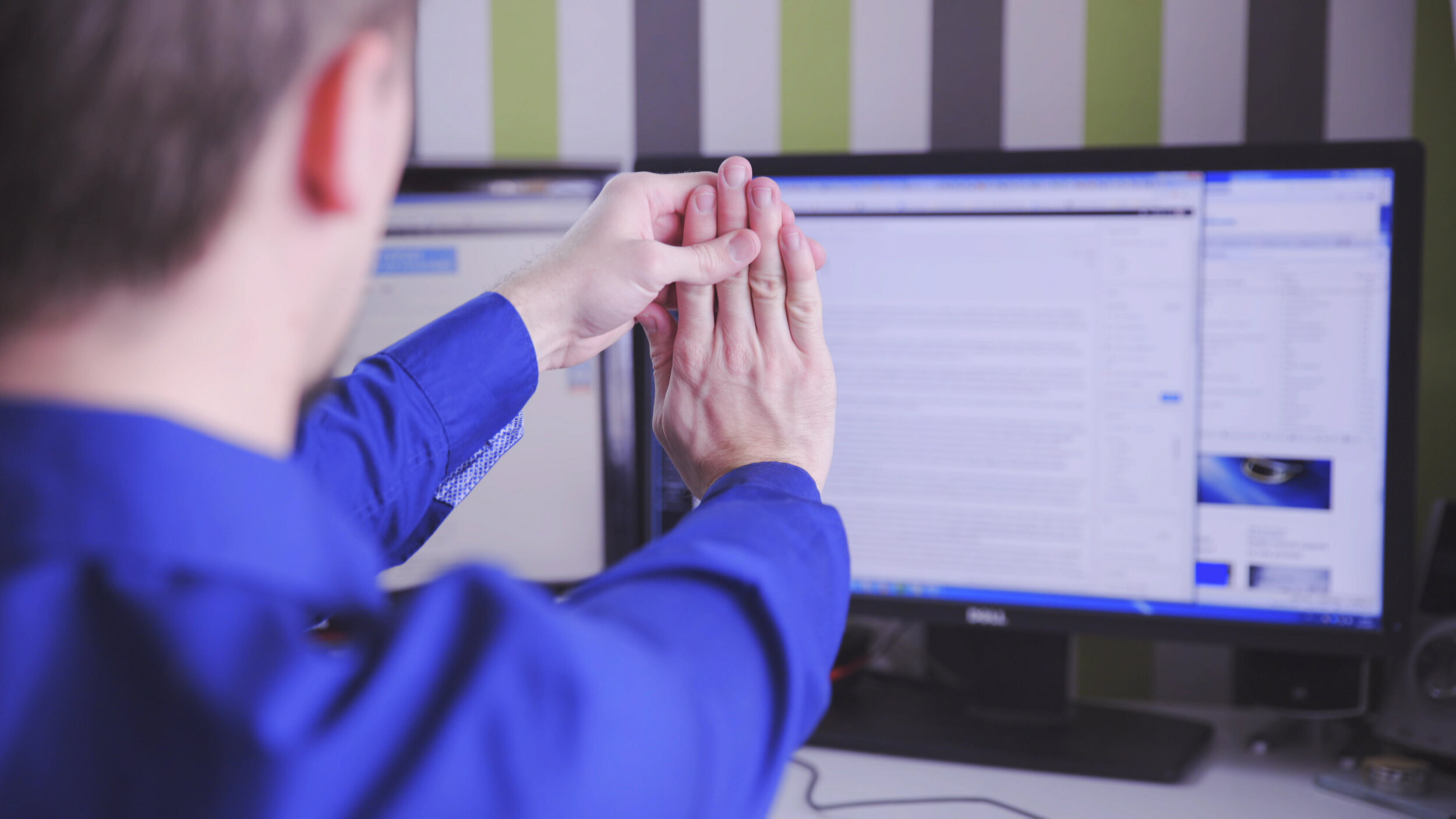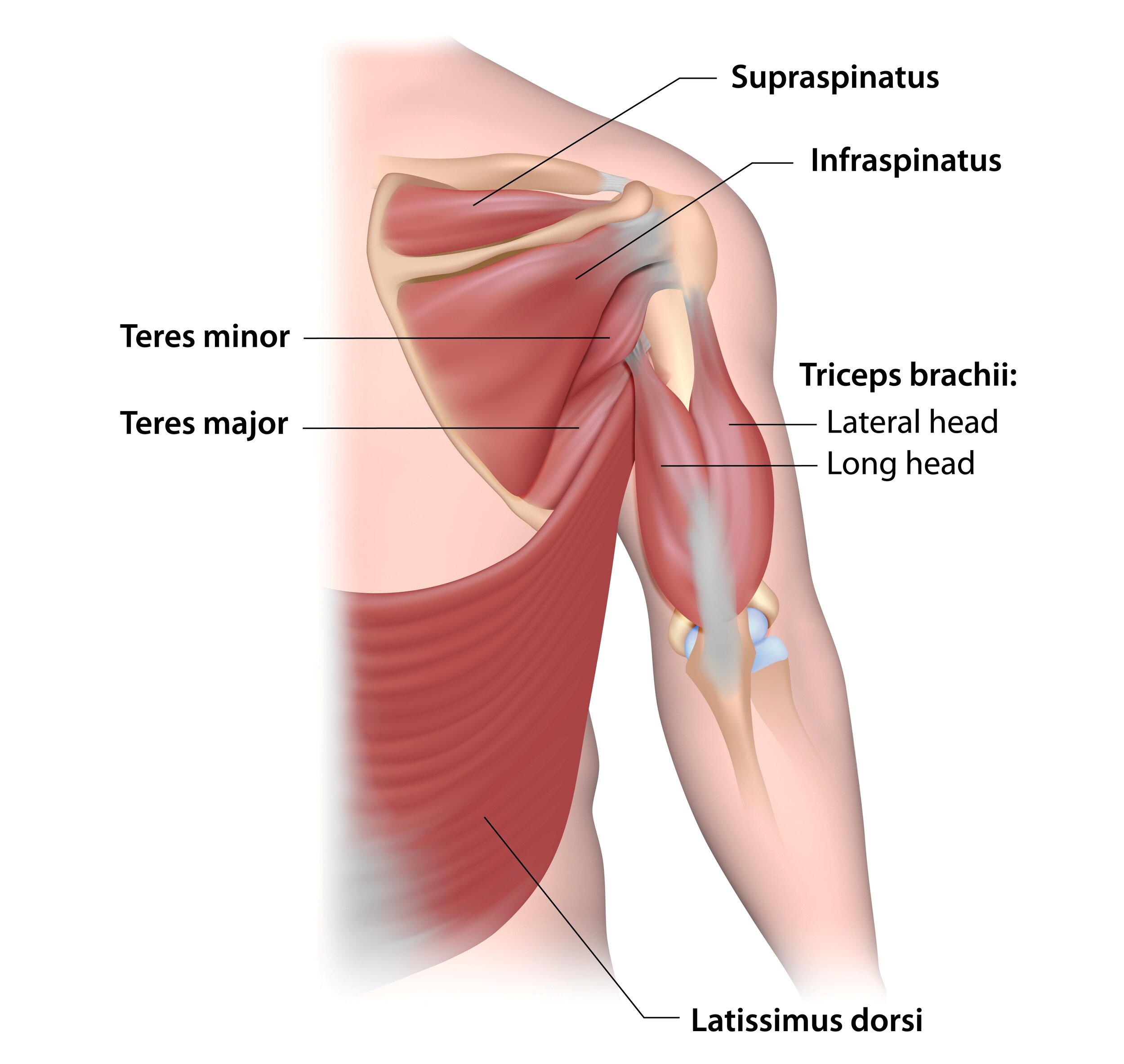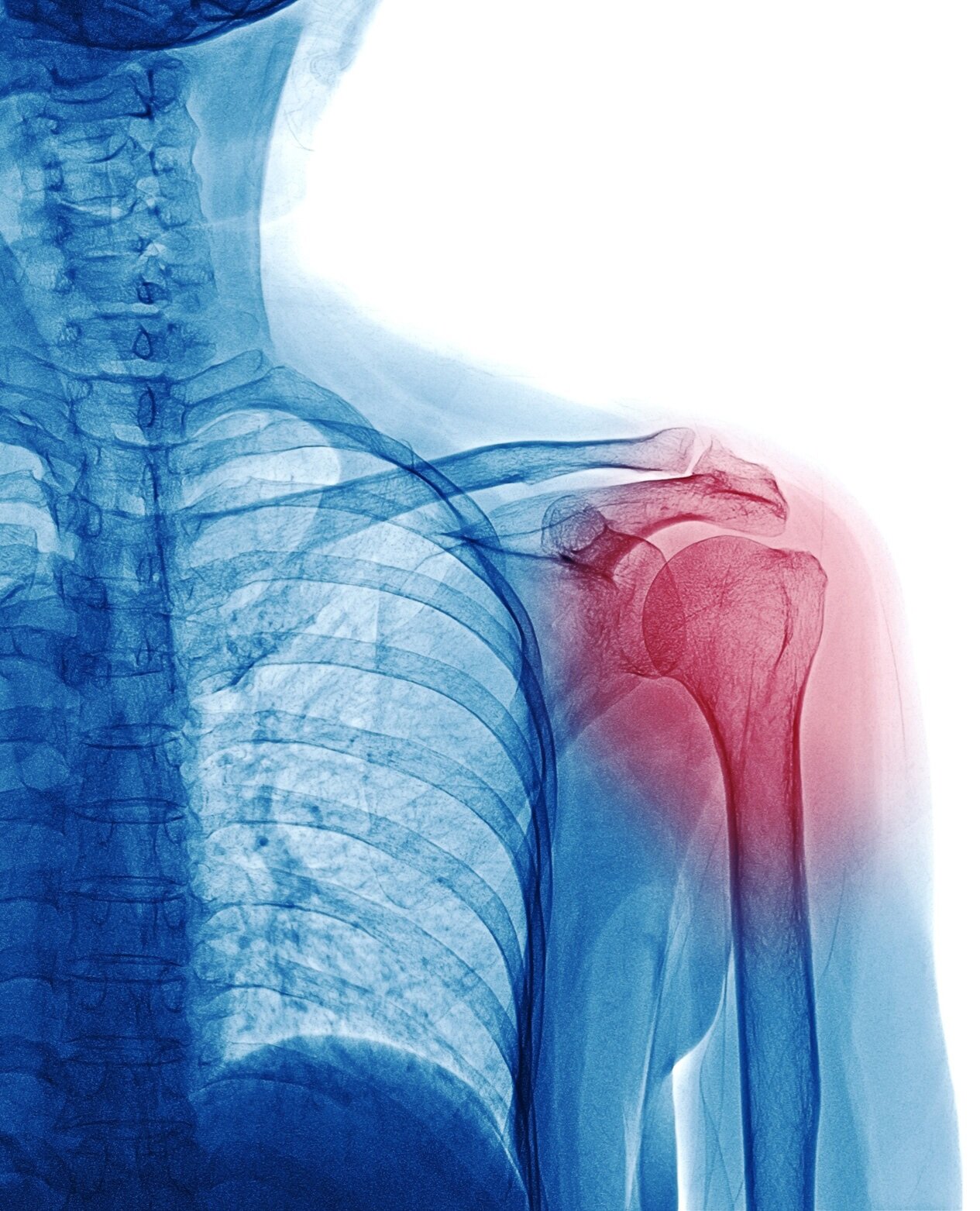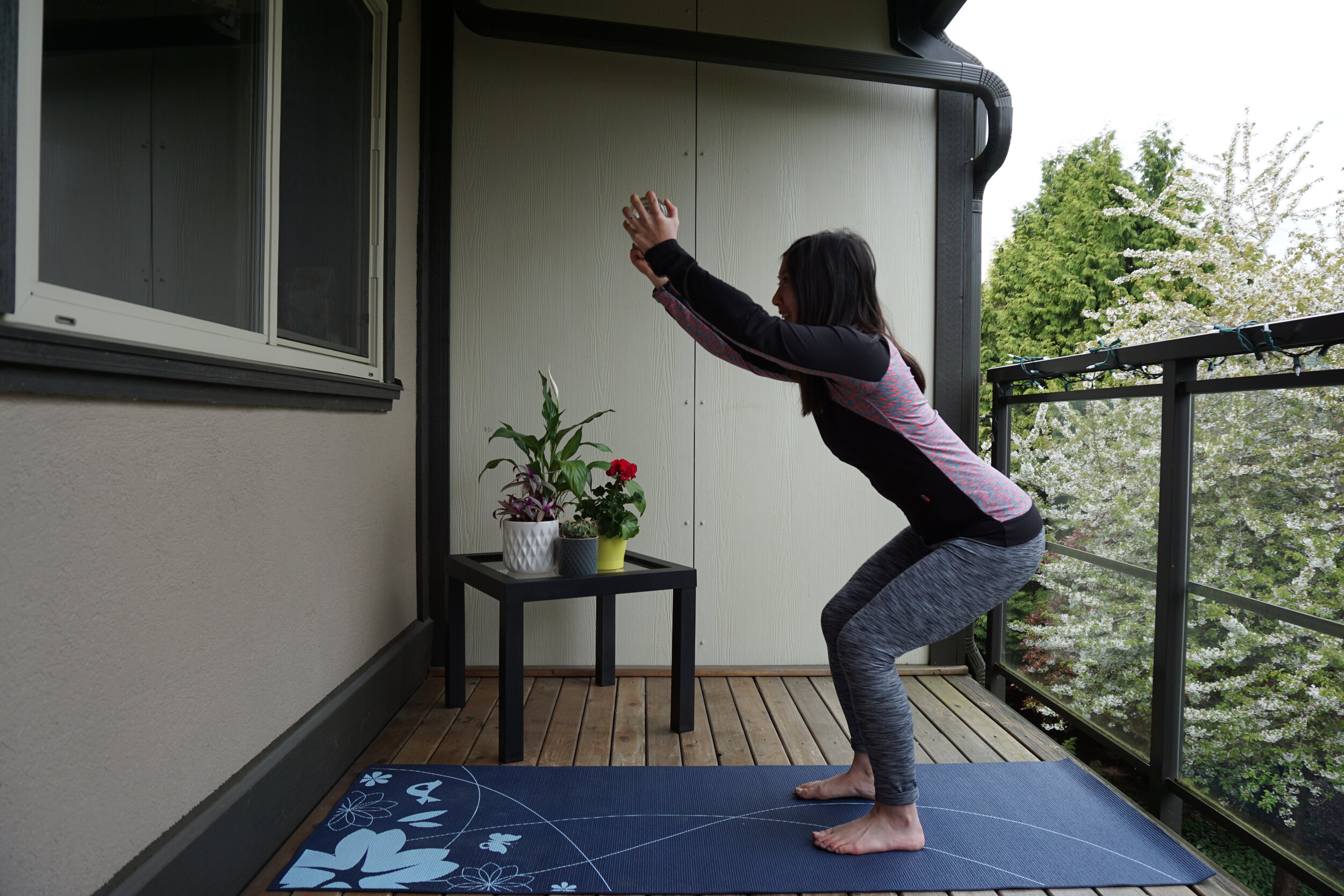Arthritis can be a life-changing disease. I have arthritis myself - I feel your pain!
As physiotherapists, we treat a lot of arthritis and hear a lot of misconceptions - “I shouldn’t squat down, that’s bad for my knees” or “I’m supposed to rest when my hip hurts”. But what if we told you this way of thinking is wrong? What if we told you that you could gain some control over your pain simply by changing the way you move?
The research has come a long way. Want the up-to-date info? Keep reading!
Top Ten Facts About Osteoarthritis (aka OA)
It is not “something that just happens” as we age! It is a disease that develops slowly over years and years, often not being diagnosed until quite late in the process.
Over 20% of people in Canada have arthritis, most of that being OA. I don’t know about you, but that number blows my mind.
OA affects young people as well. I was diagnosed with arthritis in my mid-thirties after years of chronic ankle sprains (prior joint injury - a big risk factor!) and I’m not alone. 60% of people with OA are younger than 65 when they are diagnosed and that’s usually after several years of going undiagnosed. We exist!
Meniscal tears and muscle weakness are early signs of OA. Research has also shown the faster we treat these with appropriate exercises, the more you can delay the onset of OA symptoms.
You do not need an X-ray for an OA diagnosis. In fact, X-rays are only 30-40% accurate in detecting OA. X-rays usually only pick up OA in the later stages. In other words…
Ignore the X-ray. Did your X-ray come back negative? Or maybe it shows “bone-on-bone”? Great news - it doesn’t matter! X-ray findings do not predict or define your symptoms or how you function. It doesn’t matter if you have the tiniest bit of OA or the worst case ever - what matters is how it feels, how strong you are and what you can do with it.
Physiotherapists can diagnose OA. We do this by listening to your symptoms, testing out your joint and taking a close look at your risk factors.
Losing 5% of your body weight can really help reduce your joint pain for those who are overweight. The force that goes your through your knees with each step is equivalent to four times your body weight. If you take 10 lbs off the scale, 40 lbs of stress are removed from your knees when walking.
Motion is lotion - your body is meant to move, even when OA is an uninvited guest. Physical activity helps lubricate the joint and maintains the health of the cartilage, even if there’s not much left.
Only 2% of people with hip and knee arthritis will go on to get a replacement. The decision to get a joint replacement is often a difficult one and based on many factors. That leaves a whole lot of people in need of management strategies.
The Best Thing We Can Do For OA?
EXERCISE
Research has shown again and again and again that exercise:
has better long term pain control than drugs
improves the health of cartilage
helps delay (or even completely avoid!) surgery and all the possible complications that comes along with it
So what kind of exercises should you be doing? Well we are GLAD (Ha! Get it? No? You’ll get it in a second…) you asked!
Introducing The GLA:D (TM) Program
The Good Life with Osteoarthritis in Denmark (also known, thankfully, as GLA:D) (TM) program was developed by researchers in, you guessed it, Denmark!
GLA:D (TM) is a group exercise class for those suffering with hip and knee OA. This six week program’s goal is to teach participants about OA and give them the best we have at combating it: appropriate exercises done properly.
The research behind GLA:D (TM) has some incredible findings:
30% reduction in pain levels at both 3 and 12 months after the program
More than 50% reduction in use of painkillers
Half the anxiety around fear of movement and damaging joints with activity
Less than a third of sick time from work
Significant improvement in quality of life
GLA:D (TM) has four components:
Initial assessment - Before you even get started in the program, a physiotherapist will do a one hour 1:1 appointment with you to make sure you’re appropriate for the GLA:D program, test out your hip or knee and go over all the exercises with you.
Education sessions - Over 2 or 3 classes, participants learn about osteoarthritis and its risk factors, symptoms, coping strategies and self help tools. They will also learn about the science behind pain and how they can use this to help control their own pain.
Exercise sessions -12 sessions of physiotherapist-led group classes lasting an hour each. These sessions focus on neuromuscular exercise - strengthening muscles with a huge focus on control throughout the whole movement.
Outcome measures - At the beginning of the program and then again at 3 months and 12 months afterwards, participants will be contacted by researchers about their adherence to the exercise program, their pain levels and how they are functioning. This data is used for public health funding and future research.
Starting in January 2021, Ladner Village Physiotherapy will offer the GLA:D (TM) Program online!
For details on registration, head on over to our GLA:D Program page.
Ready to go? Register at (778) 630-8800 or by email - we are so excited to meet you!


























































